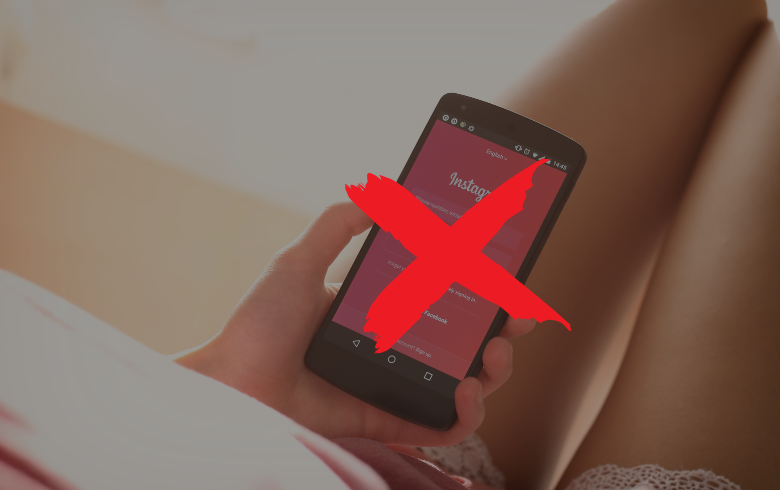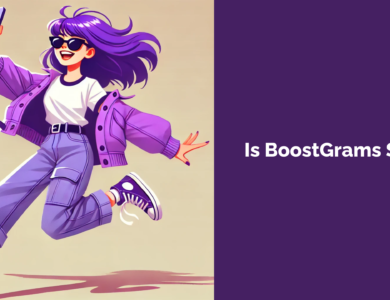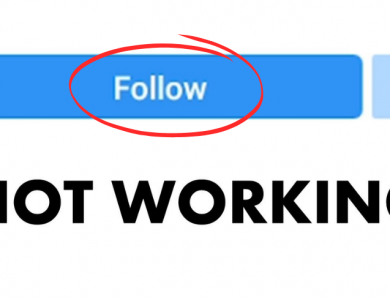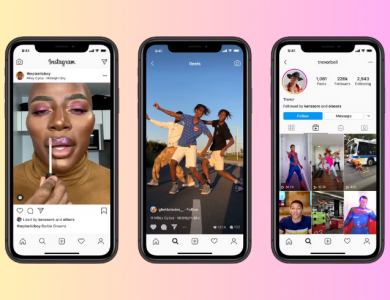When Will Instagram Start to Pay Its Creators?

Instagram has become one of the most influential social media platforms in the world, not just for sharing photos or keeping up with friends, but for building entire careers. From fashion influencers to travel vloggers and meme pages, Instagram creators have turned content into a full-time business. Yet, one question still echoes through the creator community: When will Instagram start to pay its creators directly?
Let’s dive into how Instagram’s payment systems currently work, what other platforms are doing, and when creators can expect a fair share of the revenue pie.
Contents
The Rise of the Creator Economy
The “creator economy” has exploded in recent years. Millions of people now make content across platforms like YouTube, TikTok, and Instagram, and audiences are bigger than ever. According to recent estimates, the global creator economy is worth over $250 billion, and it’s expected to double by the end of the decade.
But while YouTube has long had a transparent monetization model through ad revenue sharing, Instagram’s approach has been slower, murkier, and often frustrating for creators trying to turn their work into income.
So, when will Instagram start to pay its creators in a way that truly competes with other platforms?
How Instagram Pays Creators Right Now
Instagram already offers a few ways for creators to make money, though these methods are not always consistent or equally available.
1. Brand Partnerships
The most common income stream for Instagram creators comes from brand deals. Companies pay influencers to promote their products through posts, stories, or reels. This system has created entire industries around influencer marketing, but it’s not directly controlled by Instagram itself.
While brand deals can be lucrative, they also favor creators with large followings and engagement rates. Smaller creators often struggle to find paid collaborations.
2. Instagram Bonuses (Discontinued)
In 2021, Instagram introduced the Reels Play Bonus Program, paying creators based on reel performance. Some creators reported earning up to $1,000 or more per month, depending on engagement. However, in early 2023, Meta quietly paused the program, citing a shift in priorities.
This left many creators wondering whether Instagram had any long-term plans to compensate them for their content.
3. Subscriptions
In 2022, Instagram began testing Subscriptions, allowing creators to charge followers a monthly fee for exclusive content. While this gave some hope for consistent income, the program remains limited and doesn’t address the broader question: when will Instagram itself start paying its creators from its own revenue?
4. Gifts and Badges
Instagram also allows followers to buy badges during live streams or send gifts on reels. It’s a nice gesture, but the earnings are usually small unless you have a massive audience. For most creators, these features barely scratch the surface of sustainable income.
Why Instagram Is Behind in Creator Payments
If Instagram is one of the biggest platforms in the world, why hasn’t it embraced direct creator payments?
1. Ad Model Differences
Unlike YouTube, which places ads directly within videos, Instagram’s main ad placements appear between posts or stories, not inside them. That means there’s less opportunity for direct revenue sharing with individual creators.
2. Focus on Brands, Not Individuals
Instagram was built around lifestyle and visual storytelling, making it naturally attractive for brand marketing. As a result, the platform has leaned heavily on advertisers rather than developing a creator-first economy.
3. Meta’s Business Strategy
Meta, Instagram’s parent company, already has a clear monetization ecosystem through Facebook and Reels Ads. However, Instagram’s approach seems to be to test small payment features, measure their performance, and adjust, rather than rolling out a universal payment program.
What Other Platforms Are Doing Better
To understand when Instagram might finally step up, it’s worth comparing it to platforms that already reward creators more transparently.
| Platform | Payment Model | Average Creator Payout |
|---|---|---|
| YouTube | Ad revenue sharing (55%) | $1–$20 per 1,000 views |
| TikTok | Creator Fund / Rewards Program | $0.01–$0.04 per 1,000 views |
| Snapchat | Spotlight Payouts | Variable, up to $1M/day early on |
| Limited bonuses, brand deals | Inconsistent, mostly indirect |
YouTube remains the gold standard, creators know exactly how they get paid and can predict earnings based on their content’s performance. TikTok, despite paying less, at least provides a structured rewards system. Instagram, by contrast, still feels experimental and selective in its payouts.
The Future: When Will Instagram Start Paying Creators Directly?
Here’s the big question, when will Instagram start to pay its creators in a reliable and scalable way?
Based on Meta’s public statements and ongoing tests, here’s what’s likely to happen:
1. Reels Ad Revenue Sharing
Meta has already announced plans to expand Reels ad revenue sharing, similar to YouTube’s model. Under this system, creators could earn a percentage of the ad revenue generated by their reels. This is currently available to a limited group of creators, but it’s expected to roll out more widely by 2025–2026.
2. More Creator Incentives
Instagram is reportedly experimenting with performance-based bonuses, rewarding creators for engagement, consistency, and content quality. This could become a regular feature as Meta aims to keep creators from migrating to TikTok or YouTube Shorts.
3. AI-Driven Monetization Tools
Meta’s focus on AI could soon play a role in identifying and rewarding top-performing creators automatically. Imagine a system that tracks your content’s reach and engagement and pays you monthly, no manual applications, no waiting lists.
If Meta’s vision for the metaverse and digital commerce continues to evolve, creators may eventually earn money not just from posts but also from virtual experiences, avatars, and digital merchandise.
What Creators Can Do in the Meantime
While waiting for Instagram to start paying creators directly, there are still ways to build income streams around your account:
Diversify your presence: cross-post to YouTube Shorts, TikTok, and Threads.
Negotiate better brand deals: use analytics to prove your value.
Offer paid subscriptions or courses: share your expertise.
Stay updated: follow Meta’s official Creator Blog for new monetization tools.
Remember: early adopters of new features often benefit the most when full programs roll out.
The question “When will Instagram start to pay its creators?” doesn’t have a single, simple answer, but the signs are promising. Meta knows it can’t ignore the creator economy forever. As platforms like YouTube and TikTok continue to compete for attention, Instagram will have to evolve from being a stage for content to being a source of income.
So while it might not happen overnight, one thing is clear: the era of creators being unpaid for their content on Instagram is coming to an end. The only question left is, are you ready to make the most of it?








